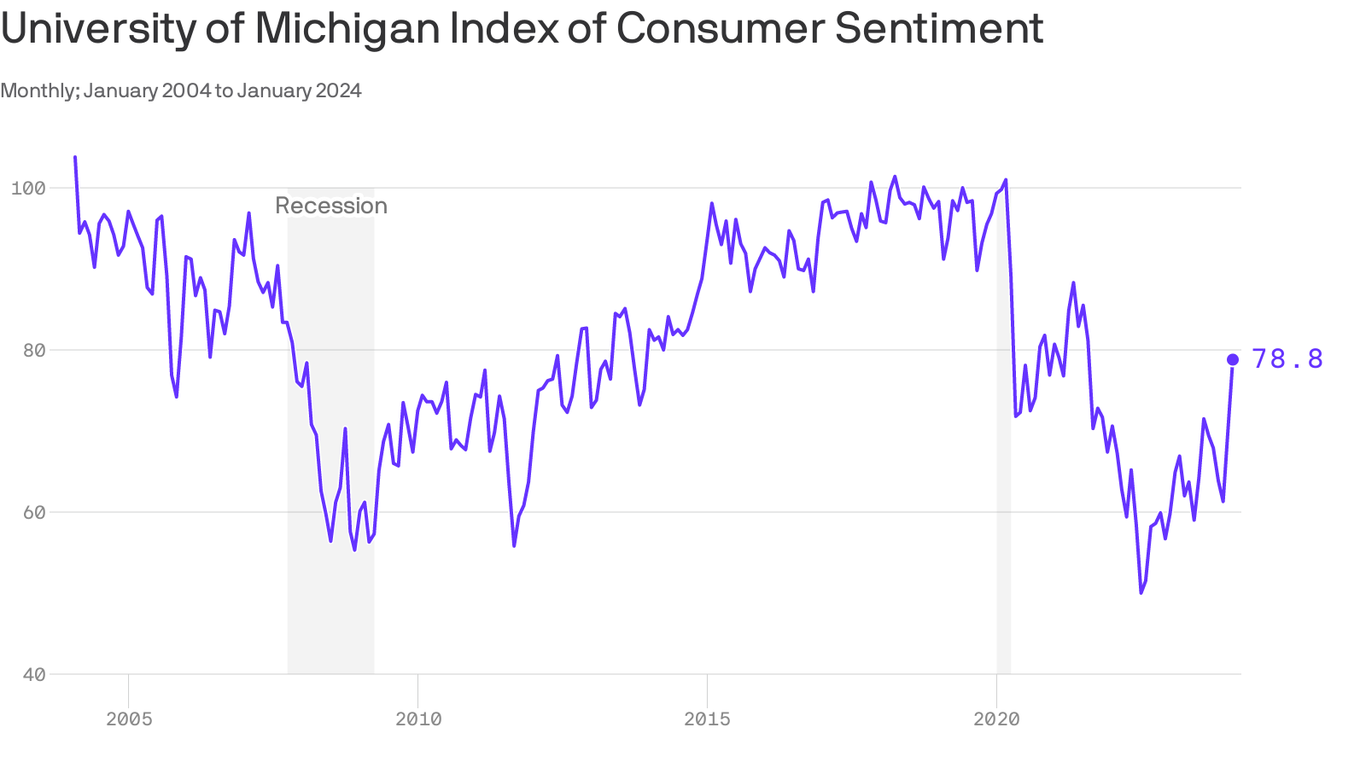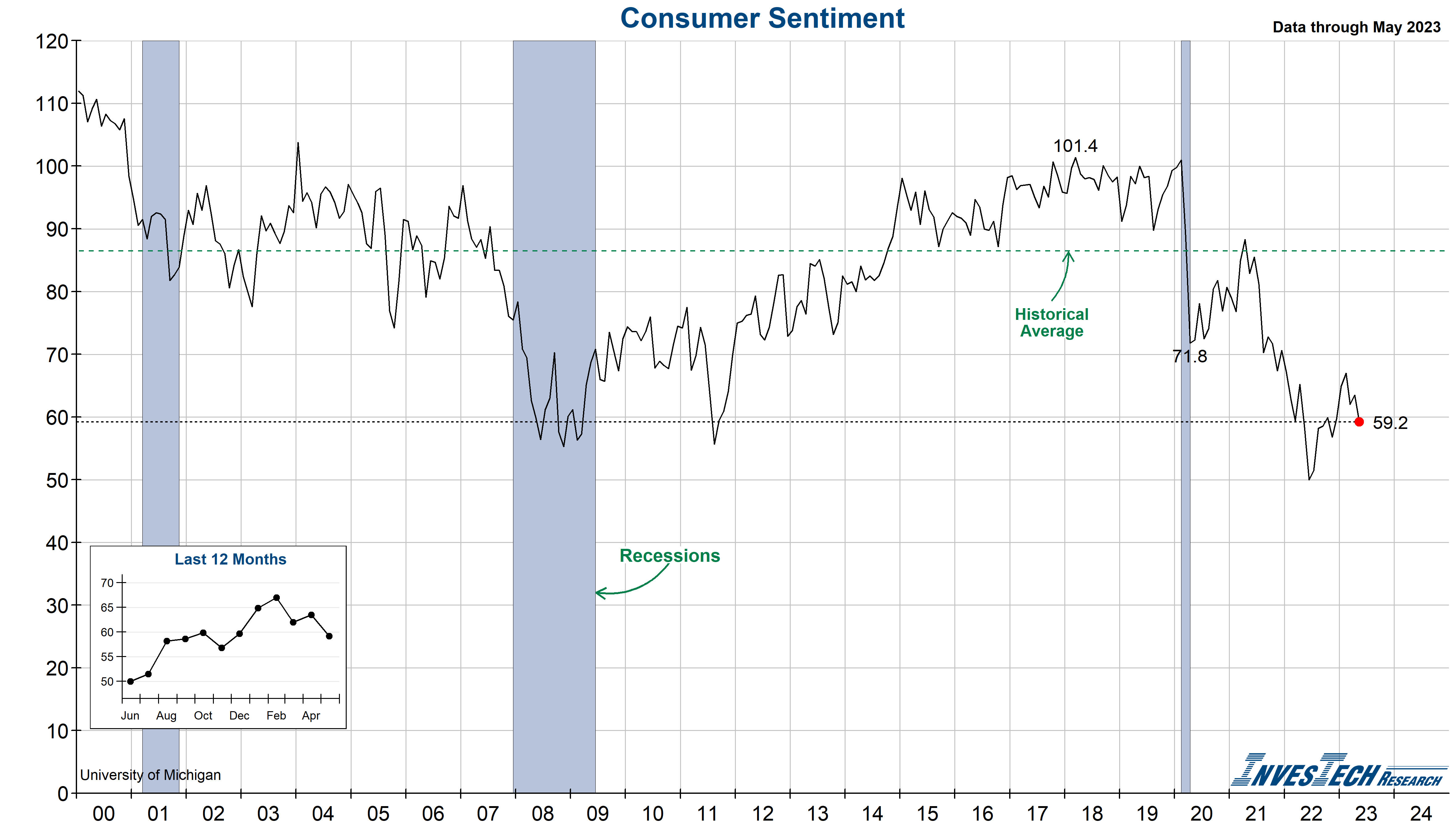Table of Contents
- U.S. consumer sentiment is rapidly improving
- Bad News is Good News? Consumer Sentiment Drops in May
- Just 3 Things | Zero Hedge
- US Consumer Sentiment Reaches 6-Month Low | Armstrong Economics
- US consumer sentiment improved in January
- The Impact of Consumer Sentiment Tracking
- January University of Michigan Consumer Sentiment Final Reading At 74.2 ...
- U.S. Consumer Sentiment Jumps In January, Near-Term Inflation ...
- Consumer Sentiment in February at Second Highest Level Since 2004 ...
- University of Michigan Consumer Sentiment - InvesTech Research



Inflation Fears on the Rise


Key Factors Contributing to Inflation

- Supply Chain Disruptions: Ongoing supply chain issues, exacerbated by the pandemic, have led to shortages and price hikes for essential goods.
- Rising Energy Costs: Increased energy prices are having a knock-on effect on the cost of production, transportation, and ultimately, consumer prices.
- Monetary Policy: The expansionary monetary policies implemented during the pandemic have led to an increase in money supply, contributing to inflationary pressures.


Impact on Consumer Behavior

- Reduced Spending: Consumers are cutting back on non-essential expenses, opting for savings and debt repayment instead.
- Shift to Value-Based Purchasing: Households are becoming more price-conscious, seeking value for money and opting for cheaper alternatives.
- Increased Price Sensitivity: Consumers are becoming more sensitive to price changes, with even small increases leading to a decline in demand.
- Monetary Policy Adjustments: Central banks can adjust interest rates to curb inflationary pressures.
- Fiscal Policy Interventions: Governments can implement policies to support low-income households and promote economic growth.
- Supply Chain Diversification: Businesses can diversify their supply chains to reduce reliance on single sources and mitigate the impact of disruptions.